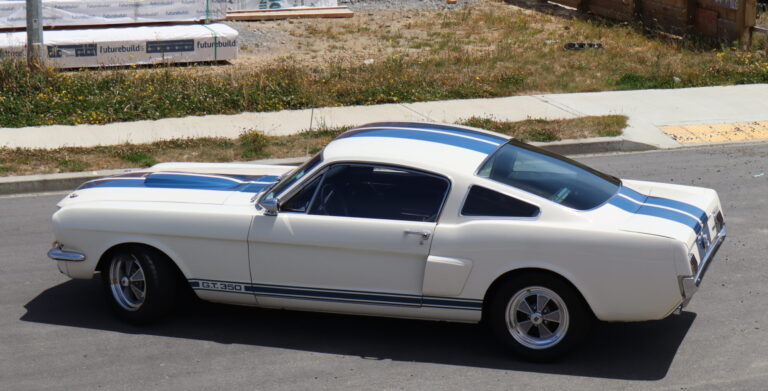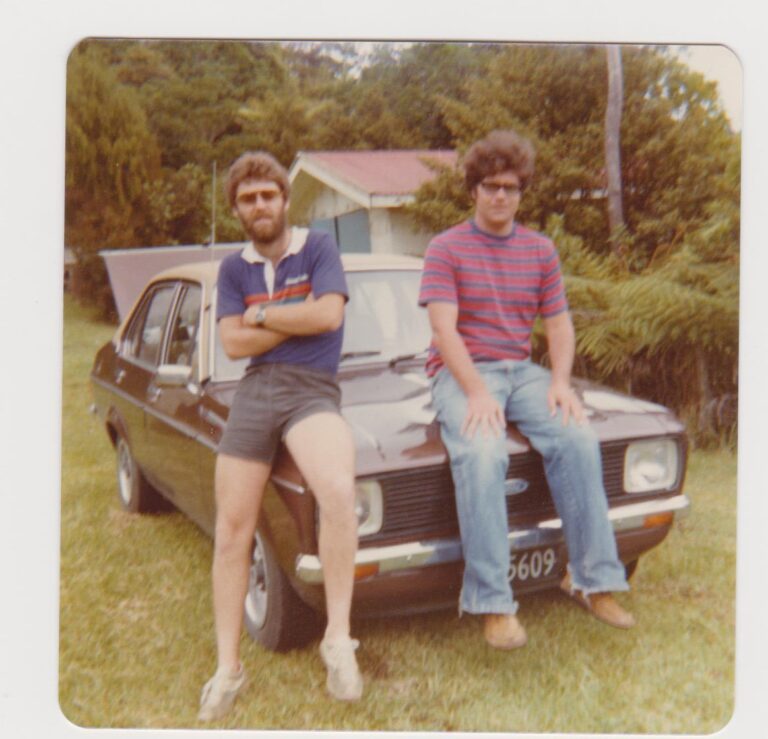The year that was 2014 showed us that America is stepping up its game with some amazing performance offerings from Chevrolet, Chrysler, and Ford. No sooner has 2015 rolled around and Ford are back, making waves at the 2015 Detroit Auto Show by unveiling their new Ford GT.
While the design cues are undoubtedly of the same gene pool as the original Ford GT40 and old Ford GT, the 2015 Ford GT is a total evolution in both style and engineering.
The supercharged 5.4-litre V8 that powered the previous Ford GT is nowhere to be seen — power now comes from a twin-turbo 3.5-litre V6, producing over 600hp. Ford claims that it is the most powerful EcoBoost production engine ever.

Lightweight materials, including carbon fibre and aluminium, feature extensively on the new Ford GT. The passenger cell is carbon fibre, the front and rear subframes are aluminium, and structural body panels are moulded from carbon fibre. The light weight afforded by these materials will no doubt enable phenomenal acceleration and handling, thankfully kept in check by carbon-ceramic brake discs, 20-inch wheels wrapped in Michelin Pilot tyres, and state-of-the-art active racing-style torsion bar and pushrod suspension set-up.

Production is said to be scheduled for late next year, in celebration of the 50th anniversary of the Ford GT race cars taking all three podium places in the 1966 24 Hours of Le Mans.


